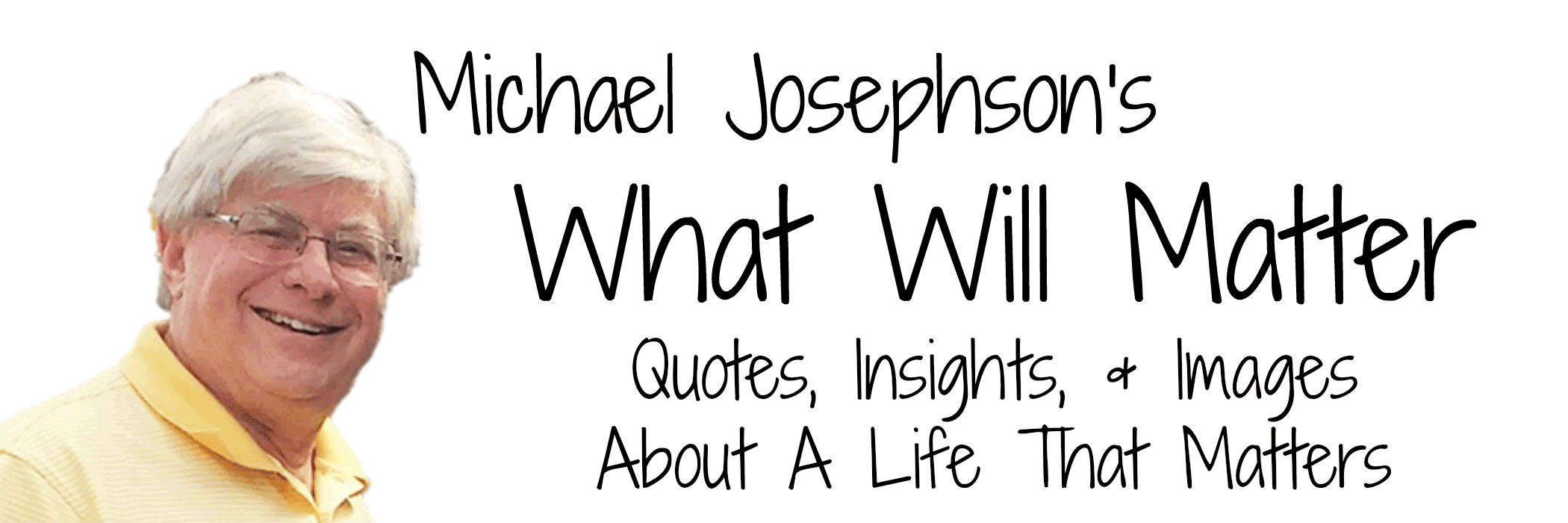Every full life has its bright days and its dark days, its triumphs and defeats, its calm and stormy seas. All these high and low experiences could justify viewing the past through the lens of gratitude or disappointment. And the way we characterize our history will determine whether we look toward our future with hopeful expectations or anxious trepidation.
Scientists tell us we are born with, or soon develop, a natural “set point” toward positivism or negativism. Those lucky enough to start with a positive disposition have a great advantage. Their optimism not only causes them to interpret their experiences in ways that makes them happy, it also makes them healthier and more successful in relationships and in achieving their goals.
What’s more, optimists tend to persevere in the face of adversity while pessimists tend to give up, certain they can’t win.
Sadly, pessimists greatly outnumber optimists. Some rationalize their handicap by labeling people who see the world through rose-colored glasses as naïve or foolish; others pride themselves on being realists – and they are. It’s just that their reality is painted in shades of black and gray while the optimist sees vivid colors.
Many pessimists wish they could rid themselves of the burden of negative thinking but, true to form, they are sure they can’t change.
Not so! says Martin Seligman, the father of positive psychology. Anyone can become an optimist simply by learning to think about their reactions to adversity in a new way. His book “Learned Optimism” is worth reading, but in a nutshell, the pessimist can change his spots by three strategies: distraction, diversion, and disputation.
To learn more, tune in tomorrow.
This is Michael Josephson reminding you that character counts.
